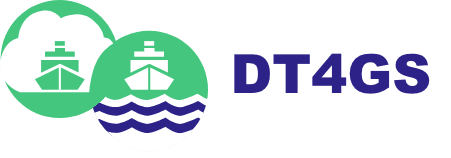DT4GS Value-oriented Analysis in enabling Shipping Decarbonisation
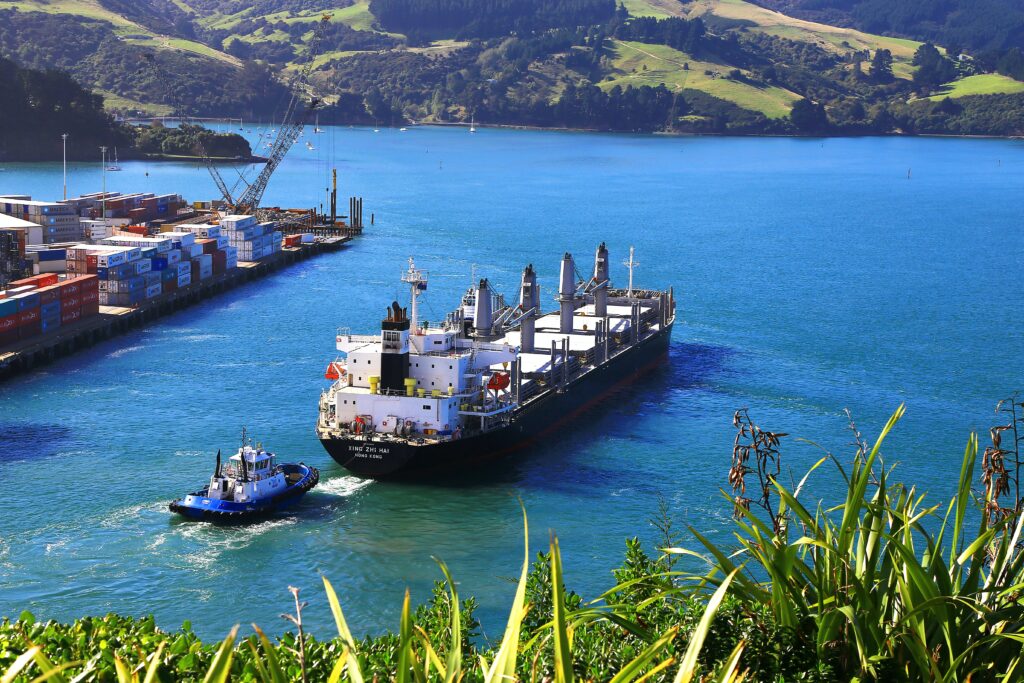
This Task 1.1 presents and describes a value-oriented analysis in enabling shipping decarbonization. This is achieved through framing the key decarbonization enablers as discussed in the scientific and industrial bibliography, its risks and opportunities, potential transition challenges and headwinds, stakeholders and a deep dive on decarbonization imperatives – regulation, financing (i.e., carbon credits, Green Taxes, […]
LL1 EURONAV Tanker-centric DT
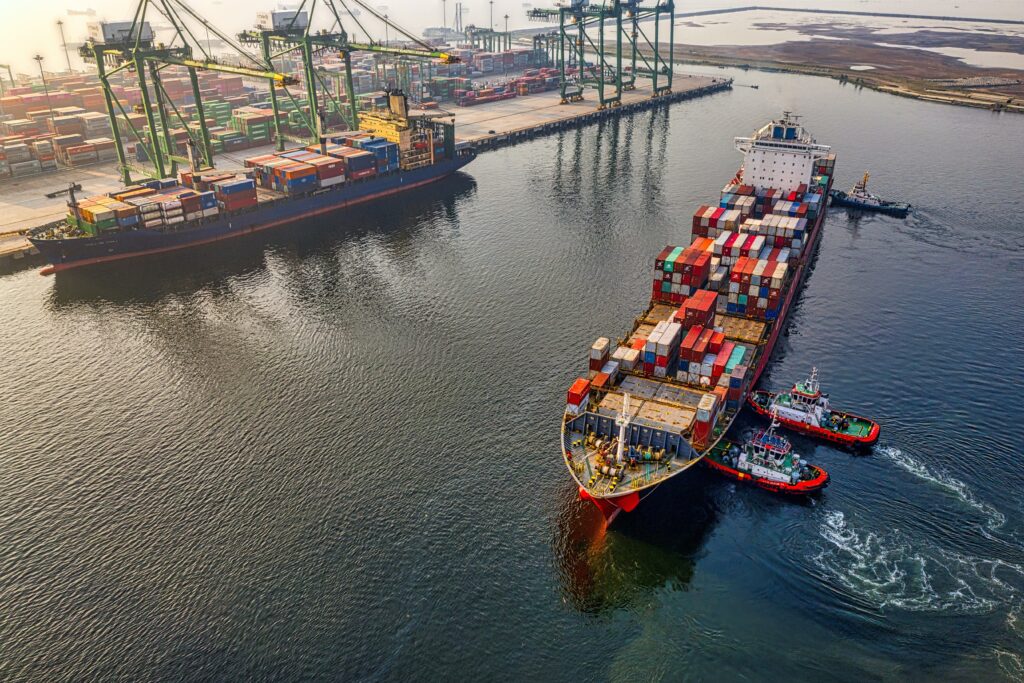
In the context of task 4.2, Euronav participated in the 1st DT4GS Workshop on 6th October that took place in Athens, Greece and presented company’s decarbonisation approach, the LL vessel particulars, Vessel’s current infrastructure(FAST platform& Sensors in cloud), Global Use Case – Voyage Optimisation, Specific Use Case –Predictive Maintenance for Hull Degradation (Phase 1), Specific […]
DT4GS in the WATERBORNE TP IRAGs meeting 26 & 27 October 2022
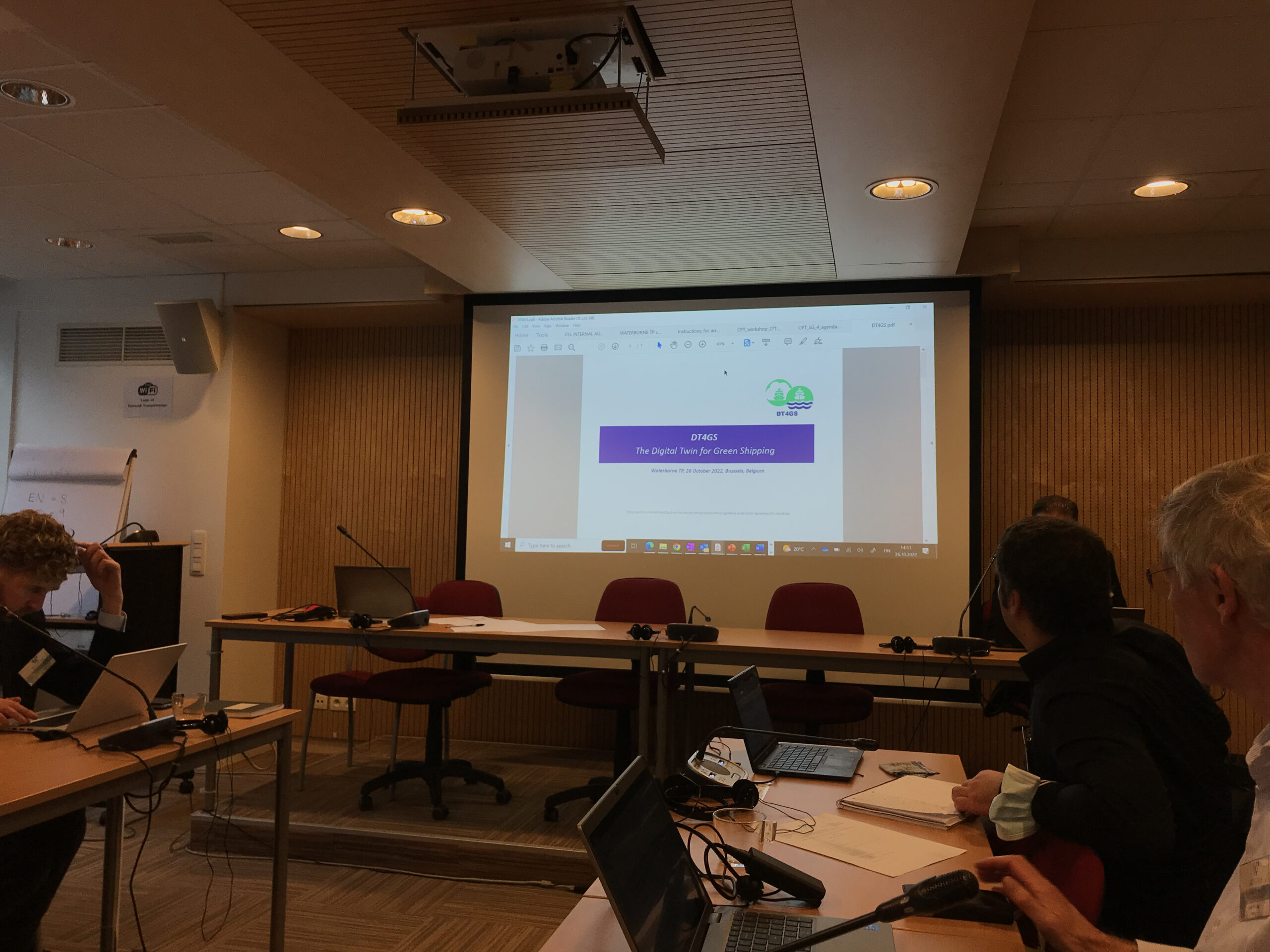
The DT4GS project was presented to the delegates of the Waterborne TP (https://www.waterborne.eu) Industry Research Advisory Groups (IRAGs) that met in Brussels on 26th & 27th of October 2022. The IRAGs are the main discussion groups of the Waterborne TP on matters related to technical RD&I, they define the research priorities of the association prepare the […]
Short introduction of partner, why do they participate in DT4GS and why is DT4GS important for CNR.
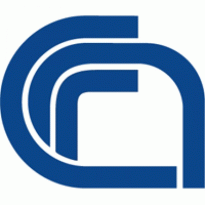
The Institute on Atmospheric Pollution of the CNR IIA is engaged on the development of methods and new innovative technologies for the determination of the concentrations of many organic and inorganic pollutants present in the atmosphere. The CNR IIA (institute for Atmospheric Pollution) is very eager to be partner of the DT4GS project which the […]
GS Operational Optimisation of Digital Twins
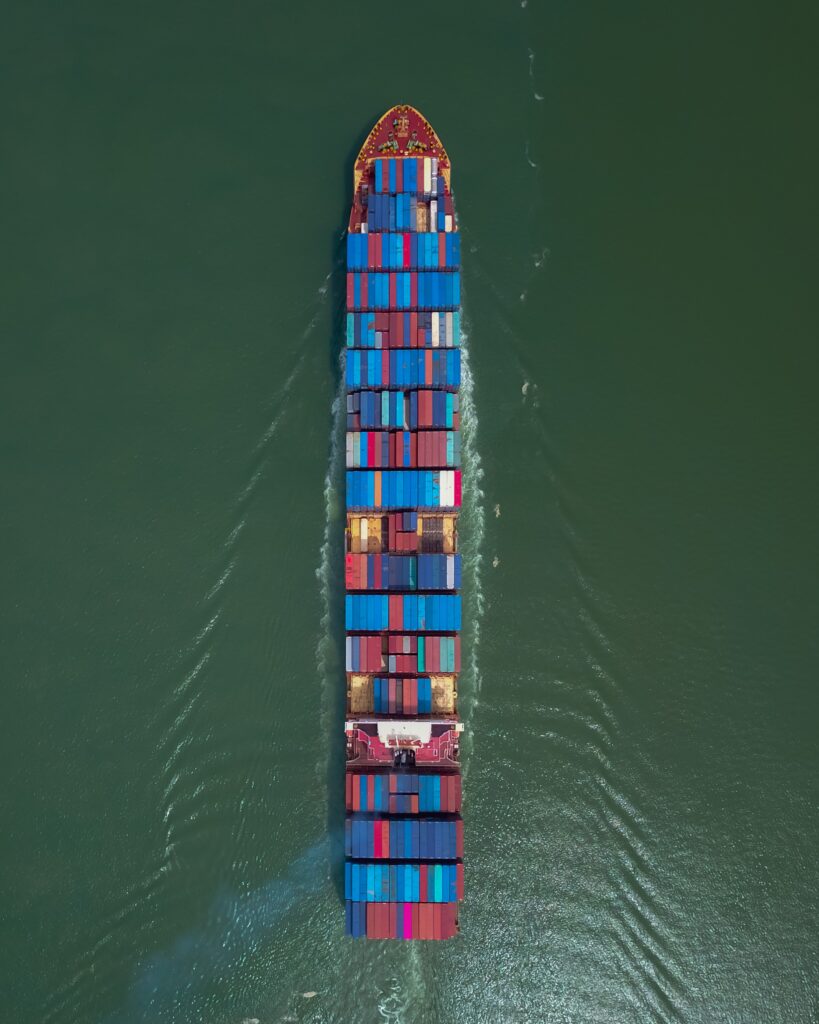
Based on Task3.3 roadmap, DANAOS extracted a reference global operational optimization use case in order to facilitate the transfer of DTs (Digital Twins) across LLs. More specifically the global operational optimization use case addresses the classic cognitive DT example of Voyage Optimization. This reference use case is comprised of an abundance of sub-modules and can […]
